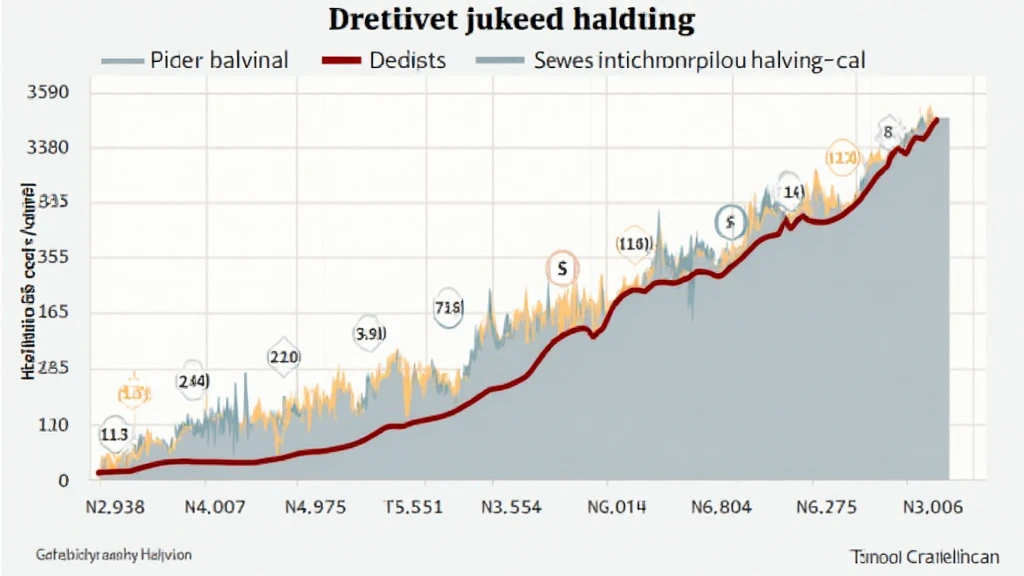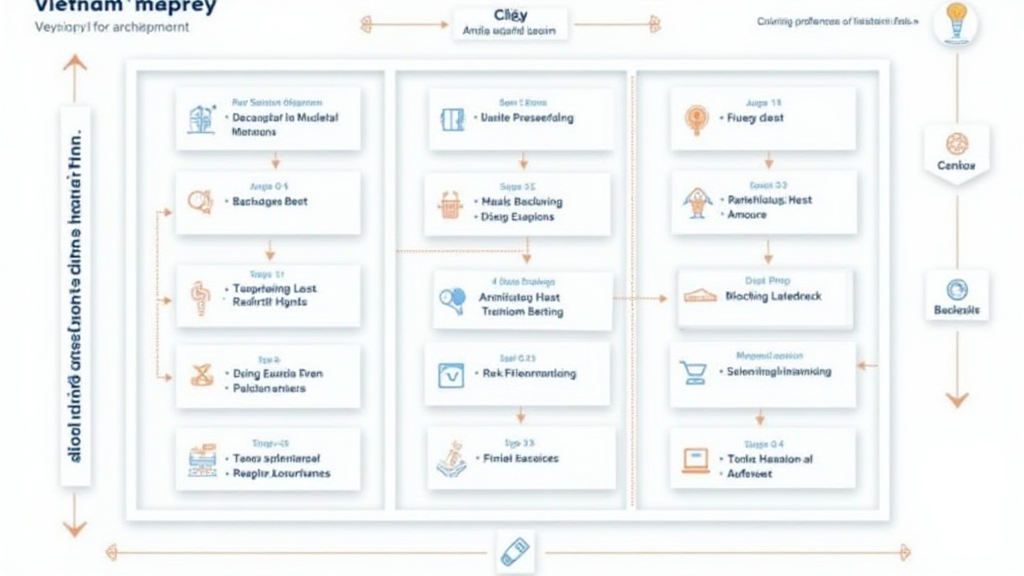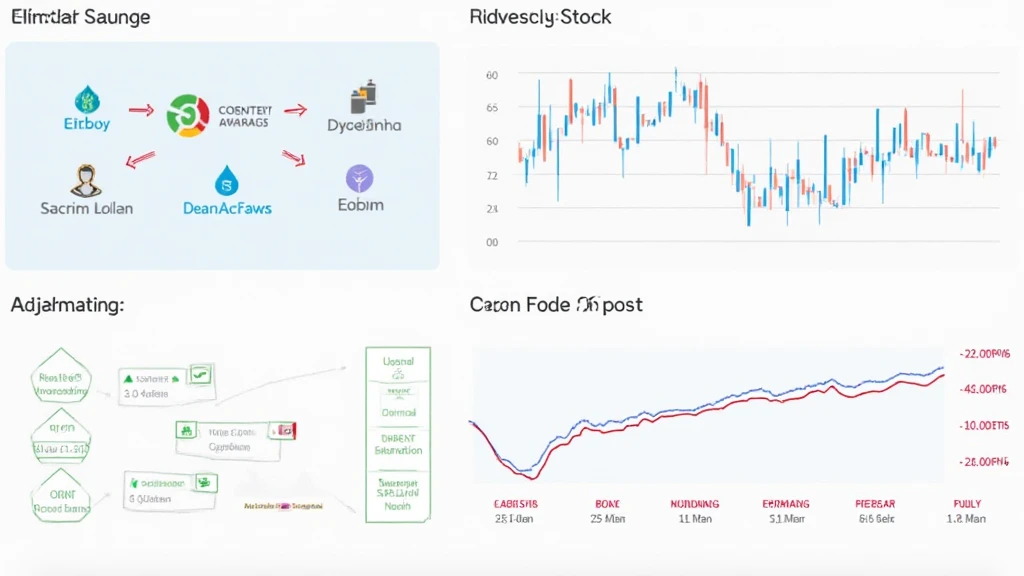The Economic Impact of Bitcoin Halving
In the ever-evolving landscape of cryptocurrencies, few events incite as much anticipation and speculation as Bitcoin halving. Scheduled approximately every four years, halving events significantly alter the rewards given to miners, thereby influencing the entire Bitcoin economy. With Bitcoin’s price hovering around $60,000 in 2022, one must wonder: how does Bitcoin halving impact its economic ecosystem? Let’s delve into the complexities of this phenomenon.
Understanding Bitcoin Halving
Bitcoin halving occurs every 210,000 blocks mined, effectively cutting the miners’ rewards by half. Initially set at 50 Bitcoins, the reward decreased to 25 in 2012, then to 12.5 in 2016, and most recently to 6.25 BTC in 2020. This reduction in new Bitcoin supply aims to control inflation, similar to the principles found in traditional monetary policies.
For instance, the 2024 halving is projected to decrease rewards to 3.125 BTC per block. With the circulating supply cap set at 21 million, the diminishing supply rate signals scarcity, often leading to increased demand and prices.

The Historical Context of Bitcoin Halving
Analyzing past halving events reveals recurring economic patterns. After the first halving in November 2012, Bitcoin surged from $12 to approximately $1,200 in late 2013. Similarly, after the 2016 halving, the price escalated from around $450 to nearly $20,000 by December 2017. These trends suggest that halving events may serve as a precursor for price increases, primarily due to heightened interest and speculation from investors.
Supply and Demand Dynamics
The principles of supply and demand drive the economic mechanisms behind Bitcoin halving. With each event, the supply of new Bitcoins entering the market decreases, while demand remains relatively constant or increases as more investors engage in the crypto space.
- Increased scarcity: As new coins are generated at a slower rate, scarcity increases. This mimics traditional assets like gold, often driving up value.
- Investor sentiment: Halving events often create FOMO (fear of missing out), resulting in increased buying pressure.
The Influence on Miners
Bitcoin miners play a pivotal role in maintaining the network’s security and transaction validation. However, the halving directly affects their profitability.
For example, when the halving cuts rewards from 12.5 to 6.25 BTC, miners must reassess operational costs, including power consumption and hardware investment. A noteworthy consideration is the price of Bitcoin; if the price does not rise post-halving, some miners might struggle to remain profitable, leading to potential network convergence and security risks.
Case Study: Miner’s Strategy Adjustments
Miners typically strategize around halving events. Leading into previous halvings, many have upgraded equipment to enhance mining efficiency. According to data from hibt.com, miners’ revenue surged considerably leading up to the 2020 halving, reflecting anticipatory market behavior.
- Shift to renewable energy: As operational costs become critical, miners are increasingly turning to affordable and sustainable energy sources.
- Pooling resources: Mining pools allow smaller miners to consolidate resources, mitigating risks in profit loss from halving.
The Global Economic Impact of Bitcoin Halving
In recognizing the global economic implications, particularly in emerging markets like Vietnam, insights into local demand are crucial. Vietnam has recently reported an impressive 30% increase in cryptocurrency adoption, positioning it as a significant market for Bitcoin and other cryptocurrencies.
As Bitcoin gains traction in Vietnam, the upcoming halving is likely to attract more investors, leading to increased trading volume and potentially influencing local exchange rates.
- economic growth: Cryptocurrency brings employment opportunities and entrepreneurial ventures.
- Regulatory scrutiny: The surge in interest will likely prompt clearer regulations and policies around cryptocurrencies.
Bitcoin Halving and Its Effect on Altcoins
While Bitcoin often sets the tone for the entire cryptocurrency market, altcoins are also affected by its halving events. Historical data indicates that subsequent increases in Bitcoin prices tend to extol effects on altcoin value as well.
Many investors typically rotate their Bitcoin profits into altcoins, anticipating higher returns. This behavior can lead to significant price movements in coins such as Ethereum and Litecoin, generating attractive investment opportunities.
- Market volatility: During these periods, investors can capitalize on market volatility.
- New opportunities: Post-halving, innovative projects often surface, inspired by Bitcoin’s growth.
Future Projections: What Lies Ahead After the Next Halving?
By mid-2024, the consequences of the impending halving will start to unveil. Analysts project that if historical patterns persist, Bitcoin’s price could soar, potentially leading to a possible new all-time high. However, external factors, such as macroeconomic conditions and regulatory frameworks, also play a crucial role.
As investors gear up for the next halving, understanding its repercussions on both individual investors and the global economy is vital. Exploration into the potential for fluctuations and innovations in the segment is paramount.
Conclusion
The economic impact of Bitcoin halving has far-reaching implications that underscored both local and global markets. From its effect on miner profitability to its influence on the broader cryptocurrency ecosystem, understanding the nuances of this event is essential. As cryptocurrencies continue to evolve, the significance of Bitcoin halving cannot be overstated; it’s a critical timestamp for market trends and investor decisions. Given the increasing adoption in places like Vietnam, the ramifications of future halvings may be more impactful than ever.
For more about the economic implications of cryptocurrency trends, head over to allcryptomarketnews.





